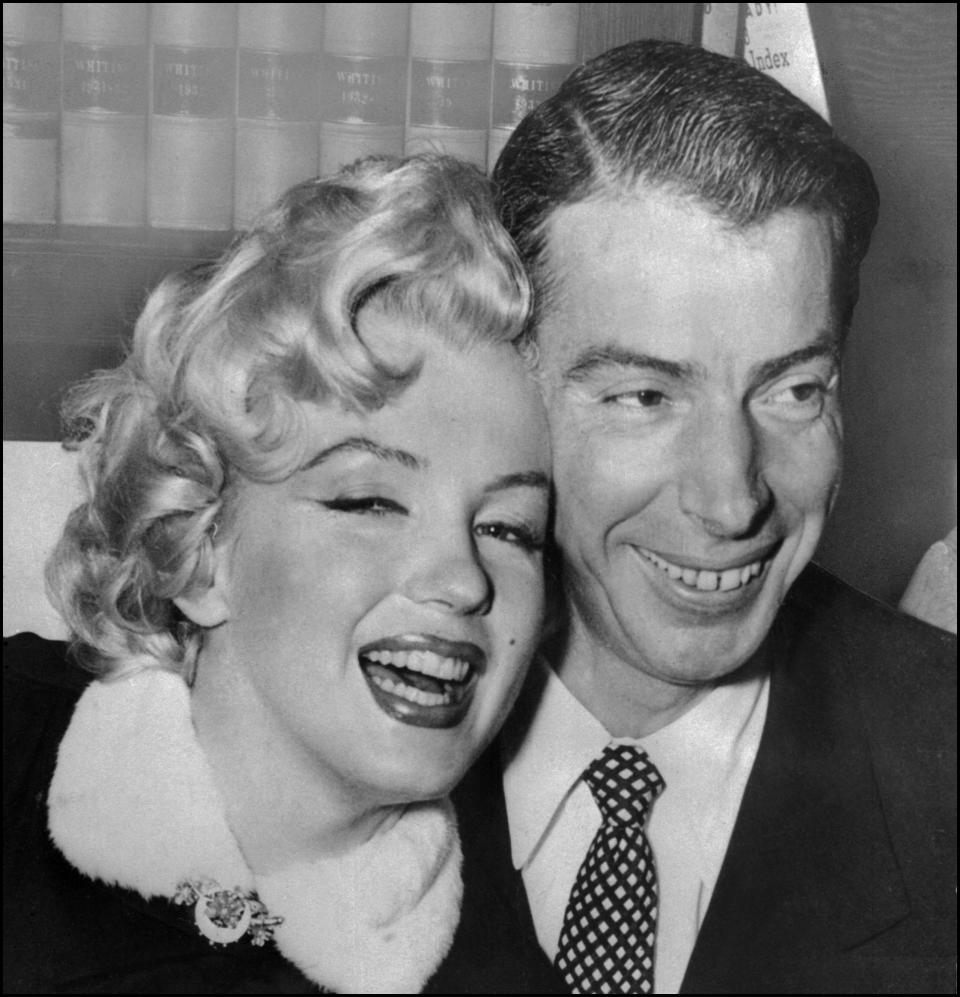Let's discuss that haunting 'Blonde' ending: Ana de Armas explains message of Marilyn Monroe film
- Oops!Something went wrong.Please try again later.
- Oops!Something went wrong.Please try again later.
- Oops!Something went wrong.Please try again later.
Spoiler alert: This story contains details of the Netflix movie "Blonde," including the ending.
In a movie filled with uncomfortable and controversial scenes featuring screen icon Marilyn Monroe, Netflix's "Blonde" ends with a scene that writer-director Andrew Dominik calls "haunting."
"Blonde" (now streaming on Netflix) is historical fiction based on Joyce Carol Oates' 1999 novel. However, Ana de Armas personifies the universally adored and misunderstood Monroe in instantly recognizable stages of the blonde bombshell's life for the movie that earned an NC-17 rating for its explicit scenes.
The ending features well-known details of Monroe's 1962 tragic death 60 years ago, right down to filming in the very room where she died. However, it's still a fictionalized account.
Here's what happens and why:
'Blonde' fact-check: Did Marilyn Monroe really have a threesome with Charlie Chaplin's son?

After years of public adulation and private struggles, Marilyn Monroe was discovered dead in her Los Angeles home at age 36 on Aug. 4, 1962, from an overdose of barbiturates.
Monroe was found nude, lying face down on her bed and clutching a telephone receiver by a psychiatrist who broke into her room at 3:30 a.m. She had been dead an estimated six to eight hours.
While "Blonde" alludes to the potential dangers of having an affair with powerful men like President John F. Kennedy (Caspar Phillipson), the ending does not perpetuate the conspiracy theory that Monroe was killed. Police determined that her death was caused by "a self-administered overdose of sedative drugs."
In "Blonde," the pill-taking comes after Monroe receives emotionally distressing news. The distraught Monroe is shown with blurred focus, naked in the bed with the phone.
Marilyn Monroe in "Blonde": Ana de Armas' improbable transformation

"The big idea for that whole sequence was to dissolve into pure emotion, and that it should be sort of out of focus," says Dominik. "But it's also the grogginess of the drugs."
The entire sequence was shot in the Los Angeles home where Monroe died, one of several real locations used in films. The production team even restored a wall that had been taken down in the bedroom to make it exactly as it was.
'Blonde' review: Ana de Armas is a bombshell but Netflix's Marilyn Monroe movie is brutal misery
The final, prolonged shot shows Monroe's lifeless feet sticking out over the bed. Dominik says the shot was something that cinematographer Chayse Irvin "just found. And that image is just so haunting."
This shot remains fixed as the light on the wall goes from morning to dusk to darkness and the sounds from the window change from early morning birds to children playing to silence.
"At the end of the movie, you're just sitting there watching her legs for an uncomfortable amount of time," says de Armas, who says the view reflects how even her fans watched as Monroe emotionally unraveled privately. "I feel like that is the point, I feel like we've been watching this happen the whole time. It happened to her, and it happens to a lot of actors right now. We see the struggle. Their lives being destroyed. And we keep watching."
'Blonde': Everything we know about Netflix's NC-17-rated Marilyn Monroe movie

The passing day, with Monroe lifeless and alone, also is a revelation about one of the biggest movie stars in the world, says de Armas. The widening rift between Monroe's personal life and her glamorous public persona is a major "Blonde" theme, and the final shot is the final statement.
"How could you be the most famous, most desired, most wanted? To have it all. And then that happens to you. For how are you going to be alone?" says de Armas. "That's what the movie is about. The perception of success and fame and this glamorous image. We don't want to look underneath because we just want to continue with that ideal."
'Hocus Pocus 2' review: Beloved Halloween cult classic loses its magic in wretched sequel
This article originally appeared on USA TODAY: 'Blonde': Why Marilyn Monroe's naked ending is 'haunting' (spoilers)

